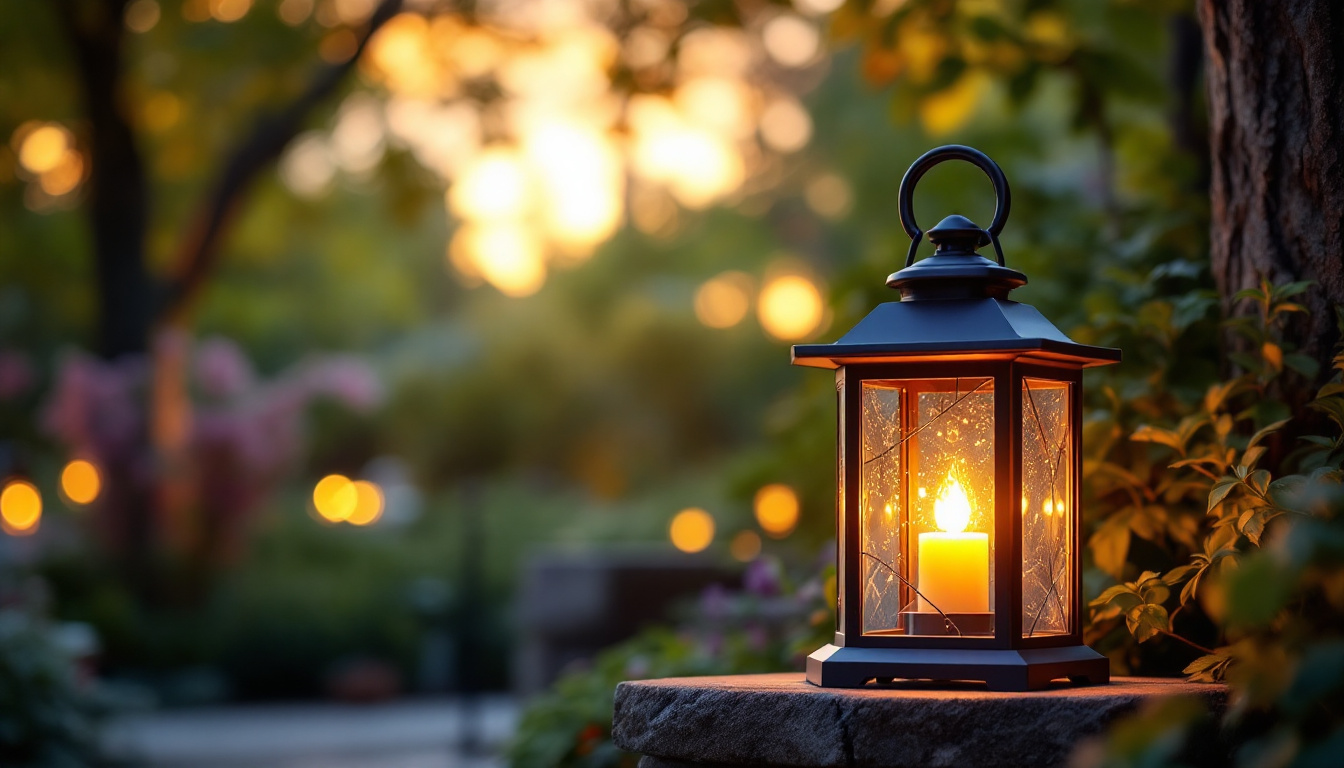
Pendent lighting is a versatile and stylish choice for illuminating various spaces, from kitchens to dining areas. These fixtures hang from the ceiling, providing focused light while also serving as decorative elements. Their design can range from minimalist to ornate, allowing them to fit seamlessly into any interior style. However, beyond aesthetics, optimizing pendent lighting for efficiency is crucial for both functionality and energy savings.
Pendent lights typically consist of a light bulb suspended from a cord, chain, or rod. This design allows for a variety of heights and placements, making them ideal for task lighting over countertops, dining tables, or workspaces. The direct illumination they provide can enhance visibility and create a warm ambiance in any room.
When selecting pendent lighting, it is essential to consider the type of bulb used. LED bulbs are increasingly popular due to their energy efficiency and longevity. They consume significantly less power than traditional incandescent bulbs while providing the same level of brightness, making them a smart choice for both residential and commercial applications. Additionally, many LED options come with adjustable color temperatures, allowing homeowners to customize the mood of their space—from a bright, energizing white light to a soft, relaxing warm glow.
There are several types of pendent lighting, each serving different purposes and styles. Some common types include:
Choosing the right type of pendent lighting involves considering the space’s size, the desired ambiance, and the specific tasks that will be performed under the light. Moreover, the materials and finishes of the pendants can greatly influence the overall aesthetic. For instance, glass shades can add a touch of elegance and allow light to diffuse beautifully, while metal finishes can lend a more industrial or modern vibe. Additionally, incorporating dimmer switches can enhance the versatility of pendent lighting, allowing for adjustments based on the time of day or the occasion.
Another important aspect to consider is the height at which the pendants are hung. A general rule of thumb is to install them 30 to 36 inches above a dining table or kitchen island to ensure adequate illumination without obstructing views. In spaces with high ceilings, longer cords or chains can create a dramatic effect, drawing the eye upward and adding depth to the room. Ultimately, the thoughtful placement and selection of pendent lighting can transform an ordinary space into a beautifully lit area that reflects personal style and enhances functionality.
To optimize pendent lighting for maximum efficiency, several factors must be considered, including placement, bulb selection, and dimming options. Each of these elements plays a crucial role in achieving the desired lighting effect while minimizing energy consumption.
The placement of pendent lights can significantly impact their efficiency and effectiveness. Properly positioned fixtures can enhance the overall lighting of a room while reducing the need for additional light sources. For example, hanging a pendant light approximately 30 inches above a dining table provides ample illumination without creating harsh shadows.
In kitchens, placing pendent lights over islands or countertops can improve task visibility. However, it is essential to ensure that the fixtures do not obstruct sightlines or create an overwhelming presence in the space. A well-thought-out arrangement can create a balanced lighting scheme that enhances both functionality and aesthetics. Additionally, considering the height of the ceilings and the scale of the room is vital; in spaces with higher ceilings, longer pendant lights can create a dramatic effect while ensuring that the light is still directed where it is needed most.
As previously mentioned, the choice of bulb is critical in optimizing pendent lighting. LED bulbs are the most energy-efficient option available today. They not only consume less power but also have a longer lifespan, reducing the frequency of replacements and maintenance costs.
When selecting LED bulbs, consider the color temperature as well. Warmer tones (around 2700K) create a cozy atmosphere, while cooler tones (above 3000K) are better suited for task-oriented areas. The right color temperature can enhance the overall mood of the space and improve functionality. Furthermore, it is worth exploring the lumens output of the bulbs, as this measurement indicates the brightness level. Choosing bulbs with the appropriate lumens for the specific area ensures that the lighting is neither too dim nor overly bright, contributing to a comfortable environment.
Dimming capabilities can significantly enhance the efficiency of pendent lighting. By installing dimmer switches, it is possible to adjust the brightness according to the time of day or specific activities. This flexibility not only contributes to energy savings but also allows for greater control over the ambiance of a room.
Moreover, integrating smart technology can further optimize lighting efficiency. Smart dimmers and connected systems allow users to program lighting schedules, adjust brightness remotely, and even set scenes for different occasions, enhancing both convenience and energy management. For instance, a morning routine might benefit from brighter, cooler light to energize the space, while evening gatherings can be complemented by softer, warmer tones to create a relaxing atmosphere. This adaptability not only improves the user experience but also encourages more mindful energy consumption practices throughout the home.
While efficiency is a primary concern, the design of pendent lighting should not be overlooked. A well-designed fixture can enhance the overall aesthetic of a space while providing functional lighting. Balancing form and function is essential for creating an inviting environment.
Pendent lighting comes in a myriad of styles, from industrial to modern to traditional. When selecting fixtures, it is important to consider the existing decor and architecture of the space. A cohesive design can enhance the overall look and feel of a room.
In open-concept areas, choosing pendent lights that complement each other can create a sense of unity. Mixing styles can also work, provided there is a common element, such as color or material, that ties the different pieces together.
The scale of pendent lighting is another critical factor to consider. A large, bold pendant can serve as a statement piece in a spacious room, while smaller fixtures may be more appropriate for intimate settings. The height at which the lights are hung also affects their visual impact and functionality.
For example, in a room with high ceilings, larger pendants can draw the eye upward, creating a sense of grandeur. Conversely, in spaces with lower ceilings, smaller, more streamlined fixtures can help maintain an open and airy feel.
Proper installation of pendent lighting is vital for both safety and efficiency. Adhering to best practices can ensure that fixtures operate effectively and provide the desired lighting outcomes.
Before installation, it is essential to assess the electrical system and ensure that it can support the chosen fixtures. This includes checking the wattage and ensuring that the circuit can handle the load. Consulting with a licensed electrician can help avoid any potential issues.
Additionally, using appropriate mounting hardware is crucial for securing the fixtures safely. This not only prevents accidents but also ensures that the lights hang at the desired height and angle for optimal illumination.
Regular maintenance of pendent lighting is necessary to keep fixtures looking their best and functioning efficiently. Dust and grime can accumulate on the bulbs and shades, reducing light output and affecting the overall appearance.
Cleaning should be done gently with appropriate materials to avoid damaging the fixtures. Additionally, periodic checks on the electrical components can help identify any issues before they become significant problems, ensuring longevity and reliability.
The world of pendent lighting is continually evolving, with new trends emerging that focus on both aesthetics and efficiency. Staying informed about these trends can help lighting contractors offer the best solutions to their clients.
As sustainability becomes a priority in design, many manufacturers are turning to eco-friendly materials for pendent lighting. Options such as recycled metals, bamboo, and sustainable glass are gaining popularity. These materials not only reduce environmental impact but also add unique character to the fixtures.
Incorporating eco-friendly designs can appeal to environmentally conscious clients and enhance the overall value of a lighting project.
smart lighting technology is transforming the way pendent lights are used. With the ability to control brightness, color, and even scheduling through mobile apps or voice commands, smart lighting offers unparalleled convenience and efficiency.
Integrating smart solutions into pendent lighting installations can provide clients with a modern, user-friendly experience that enhances their everyday lives.
Optimizing pendent lighting for maximum efficiency involves a careful balance of design, functionality, and energy-saving practices. By considering factors such as placement, bulb selection, and the integration of smart technology, lighting contractors can create beautiful and efficient lighting solutions that meet the needs of their clients.
Staying informed about the latest trends and best practices in pendent lighting will not only enhance the quality of installations but also position contractors as knowledgeable professionals in the industry. With the right approach, pendent lighting can illuminate spaces effectively while adding a touch of elegance and style.
Ready to elevate your lighting projects with the efficiency and style of pendent lighting? Look no further than LumenWholesale for an unparalleled selection of premium lighting solutions. Our commitment to quality and affordability ensures that you can access the best spec-grade products at wholesale prices, perfect for any design. With free shipping on bulk orders, you can achieve the perfect balance of elegance and performance without the worry of hidden costs. Make the smart choice for your lighting needs and explore our collection for the best value in wholesale lighting.

Discover how push button switches can revolutionize the workflow of lighting contractors.

Discover the essential facts about lantern outdoor light fixtures that every lighting contractor needs to know.

Discover the essential best practices lighting contractors use when working with Dawn To Dusk lamps.

Discover essential tips and common pitfalls for lighting contractors in our comprehensive guide to luminaire lighting fixtures.